Wildlife Encounters in Mgahinga Beyond Gorillas
Discovering the Hidden Treasures of Mgahinga
While mountain gorillas dominate the global spotlight, Mgahinga Gorilla National Park harbors a wealth of wildlife that extends far beyond these iconic primates. Nestled in Uganda’s southwestern highlands, this park, though compact in size, is a treasure trove of biodiversity. The Virunga Volcanoes that frame Mgahinga provide a unique combination of montane forests, bamboo thickets, and afro-alpine moorlands, creating habitats for rare and endemic species.
For the adventurous traveler, the allure of Mgahinga is not limited to gorilla trekking. Every step along its trails offers opportunities to witness golden monkeys, elusive duikers, a variety of bird species, and other mammals that thrive in these high-altitude ecosystems. The park’s biodiversity is a testament to the resilience of life in these volcanic highlands and reflects decades of conservation and habitat management.
This article explores the rich tapestry of wildlife encounters in Mgahinga beyond gorillas, providing a detailed guide to the species, habitats, and experiences that define the park’s ecological richness. By understanding what lies beyond the gorilla, travelers gain a holistic perspective of Mgahinga’s significance, enhancing both appreciation and engagement during their visit.
Golden Monkeys: The Playful Residents of Bamboo Forests
The golden monkey, a striking primate endemic to the Virunga region, represents one of the most rewarding wildlife encounters in Mgahinga beyond gorillas. These monkeys are distinguished by their golden-orange fur, expressive faces, and energetic behaviors. They inhabit bamboo forests on the mid-slopes of the Virunga volcanoes, where their diet consists largely of bamboo shoots and leaves.
Golden monkey tracking has been developed as a regulated tourism activity, allowing visitors to observe these animals in their natural habitat. The tracking is conducted under strict guidelines to prevent stress to the monkeys while providing educational and photographic opportunities. Observing golden monkeys as they leap gracefully among bamboo stalks and engage in social interactions demonstrates not only their adaptability but also the complexity of Mgahinga’s montane ecosystems.
The presence of golden monkeys also underscores the importance of habitat conservation. Bamboo forests are essential not only for these primates but for a wide range of other species. Their protection has been prioritized alongside gorilla conservation, reflecting a holistic approach to biodiversity management within the park.
Small Mammals: The Subtle Inhabitants
Beyond primates, Mgahinga supports a variety of small mammals that contribute to the ecological balance of the park. Species such as bushbucks, duikers, and civets inhabit the undergrowth, bamboo forests, and forest edges. While these animals are more elusive than gorillas, they play vital roles in seed dispersal, vegetation management, and as prey for larger predators.
Hikers may encounter duikers cautiously emerging from the undergrowth, their movements swift and alert. Bushbucks, often found near water sources, exhibit adaptability to both forested and open habitats. Civets, nocturnal in nature, are rarely seen during daytime treks but their presence is indicated through tracks and droppings, reflecting the richness of Mgahinga’s mammalian diversity.
These small mammals contribute to the narrative of Mgahinga as a living ecosystem. Observing them, even indirectly, provides insights into predator-prey dynamics, forest health, and the subtle interactions that maintain ecological equilibrium.
Birdlife: A Paradise for Ornithologists
Mgahinga Gorilla National Park is recognized as a birdwatcher’s paradise, hosting over 180 species of birds, many of which are endemic to the Albertine Rift. The park’s varied altitudinal zones—from bamboo thickets to afro-alpine moorlands—support species with specialized habitat requirements.
The Rwenzori turaco, with its vibrant plumage, is frequently observed in montane forests, while the black-and-white-casqued hornbill occupies higher forest canopies. Other notable species include the blue-headed sunbird, scarlet-tufted sunbird, and the African broadbill. Birdwatching in Mgahinga is both rewarding and educational, as species distributions provide clues to habitat quality, climate adaptation, and ecosystem interactions.
Guided birding tours are available for those wishing to explore these avian communities in depth. Expert guides identify calls, behaviors, and nesting patterns, enriching the visitor experience. For photographers, the diversity of plumage, motion, and landscape provides unparalleled opportunities to capture the essence of Mgahinga’s ecosystems.
Reptiles and Amphibians: Hidden Ecological Players
The park’s reptile and amphibian species, while less conspicuous, play essential roles in maintaining ecological balance. Chameleons, skinks, and snakes are present in forested areas, contributing to insect population control and serving as prey for birds and small mammals. Amphibians, including various frog species, inhabit streams, ponds, and moist forest floors, providing indicators of environmental health due to their sensitivity to water quality and habitat integrity.
During rainy seasons, the calls of frogs become prominent, adding an auditory dimension to the park’s wildlife encounters. Observing these species requires patience and awareness, yet their presence enriches understanding of Mgahinga’s complexity and the intricate interactions that sustain its ecosystems.
Insect Life and Pollinators: Unsung Ecological Contributors
Insects, often overlooked, form the backbone of Mgahinga’s ecological networks. Butterflies, bees, beetles, and other pollinators maintain plant reproduction, while ants and termites contribute to soil aeration and nutrient cycling. The park’s high-altitude meadows and forest edges provide breeding grounds for diverse insect communities.
Butterflies such as the African emperor and swallowtail species are commonly seen along trails, adding visual vibrancy to hikes. Bees contribute to pollination of wildflowers and cultivated crops in surrounding communities, illustrating the interconnectedness of conservation and local livelihoods. Observing these small but vital creatures highlights the complexity of ecosystems beyond the more visible megafauna.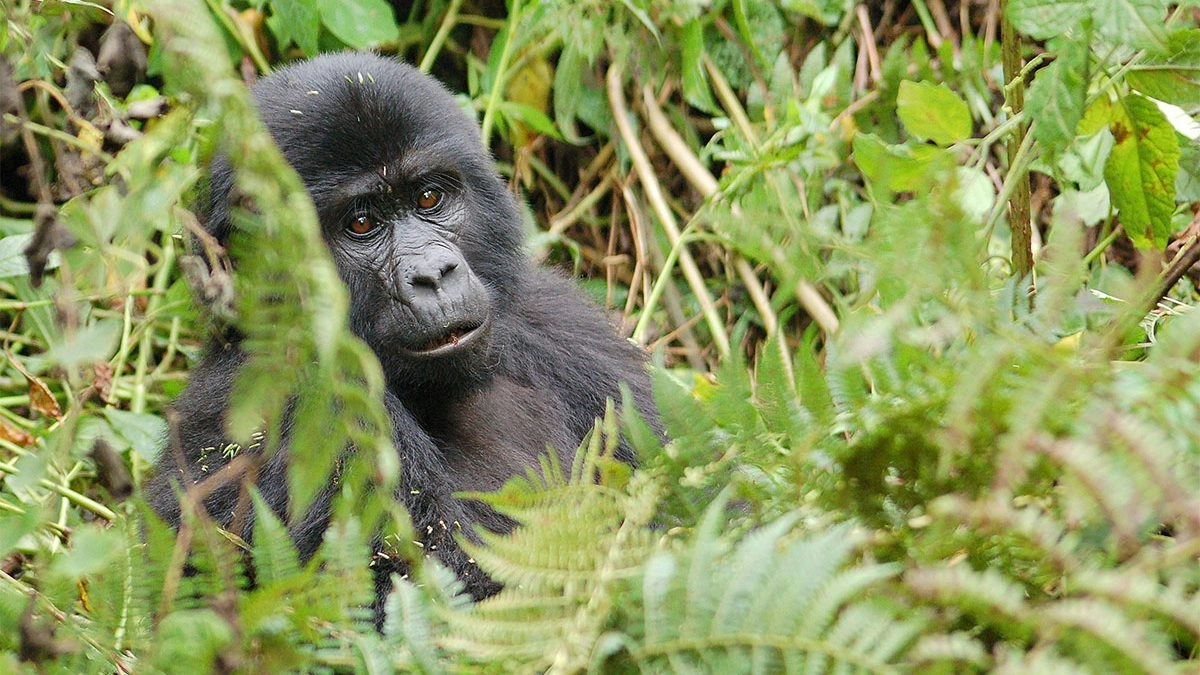
Large Mammals Beyond Gorillas
Though Mgahinga is dominated by gorillas, larger mammals such as buffaloes, elephants, and occasionally leopards have been reported in the region. Their presence is sporadic, yet they underscore the park’s role as a refuge within a transboundary conservation area. Buffaloes are primarily grazers in high-altitude grasslands, while elephants occasionally move through corridors connecting Mgahinga with larger ranges in Rwanda and Congo.
Leopards, elusive and nocturnal, are rarely observed directly but are integral to maintaining predator-prey balance. Their tracks, scat, and sightings by rangers provide evidence of their ongoing presence. Such apex predators are indicators of ecosystem health, revealing the successful conservation of both prey species and habitat integrity.
Ecosystem Diversity and Habitat Zones
The variety of wildlife in Mgahinga is directly linked to the park’s diverse ecosystems, which range from bamboo forests to afro-alpine moorlands. Bamboo zones support golden monkeys and small mammals, while montane forests shelter birds, civets, and duikers. Higher elevations with afro-alpine vegetation provide refuge for rare plant species and occasional large mammals.
Wetlands, streams, and crater lakes contribute to aquatic biodiversity, supporting amphibians, insects, and a range of vegetation that sustains herbivores and attracts predators. This mosaic of habitats allows for multiple wildlife encounters within a compact area, making Mgahinga a unique ecological microcosm.
The Role of Conservation in Wildlife Protection
Wildlife encounters beyond gorillas are made possible through dedicated conservation efforts. Anti-poaching patrols, habitat restoration, and community engagement ensure that species such as golden monkeys, birds, and small mammals thrive alongside gorillas. Research programs monitor population dynamics, health, and habitat conditions, informing adaptive management strategies.
Community participation is central, with local people benefiting from tourism, conservation education, and sustainable livelihoods. These measures reduce human-wildlife conflict and foster a culture of stewardship, ensuring that encounters with diverse species remain accessible and sustainable.
Photography and Observation Tips
Wildlife observation in Mgahinga requires patience, awareness, and respect. Binoculars are highly recommended for birdwatching and spotting elusive mammals, while cameras with zoom lenses allow close-up photography without disturbing animals. Early morning and late afternoon provide the best opportunities, as wildlife is most active during these periods.
Trail etiquette emphasizes quiet movement, minimal noise, and adherence to ranger instructions. Maintaining distance from wildlife, avoiding flash photography near sensitive species, and respecting habitats ensures both visitor safety and ecological protection.
Integrating Wildlife Encounters with Trekking and Ecotourism
Wildlife observation in Mgahinga can be seamlessly integrated with trekking, hiking, and cultural experiences. Golden monkey tracking, guided birdwatching, and nature walks provide structured opportunities for encounters beyond gorillas. Combining these activities with cultural engagement in Batwa communities or scenic hikes in volcanic landscapes creates a multi-dimensional experience that emphasizes both ecological and cultural richness.
The revenue generated from these activities supports conservation, research, and community initiatives, reinforcing the symbiotic relationship between wildlife protection and tourism development.
Beyond the Gorilla—A Symphony of Life
Mgahinga Gorilla National Park offers experiences that extend far beyond mountain gorillas. The park’s golden monkeys, small mammals, birds, amphibians, insects, and occasional large mammals collectively paint a picture of ecological richness and resilience. Each encounter provides insights into evolutionary adaptation, species interactions, and the impact of conservation measures on biodiversity preservation.
For travelers seeking to immerse themselves fully in Uganda’s highland wilderness, experiencing wildlife beyond gorillas provides a more comprehensive understanding of Mgahinga’s ecological significance. To ensure a seamless, safe, and enriching journey, it is recommended that African tours and safaris be booked via WildHorn Africa. Their expertise ensures access to both iconic gorilla encounters and the broader wildlife spectrum, creating transformative experiences within this exceptional national park.

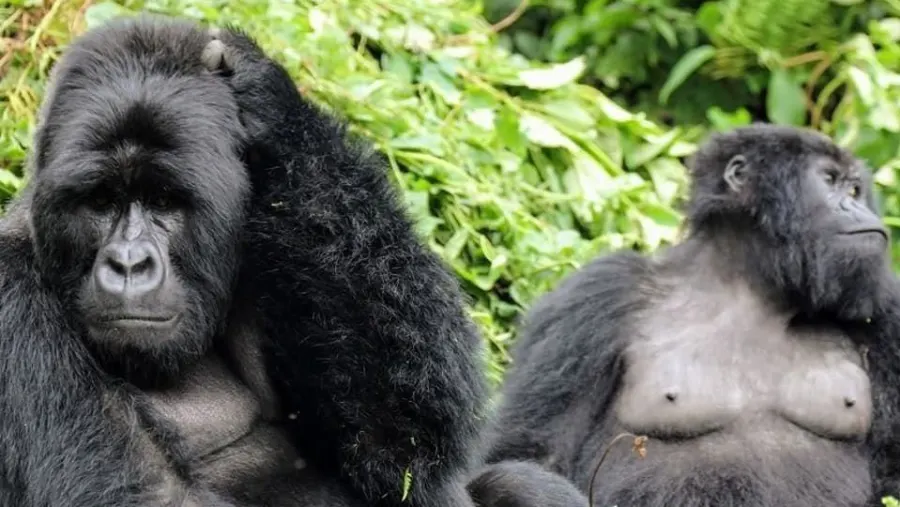
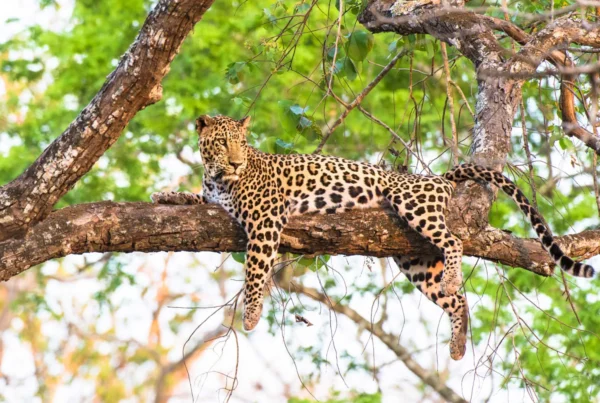
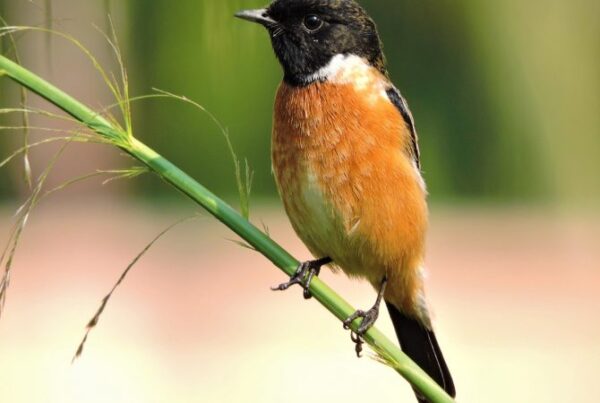
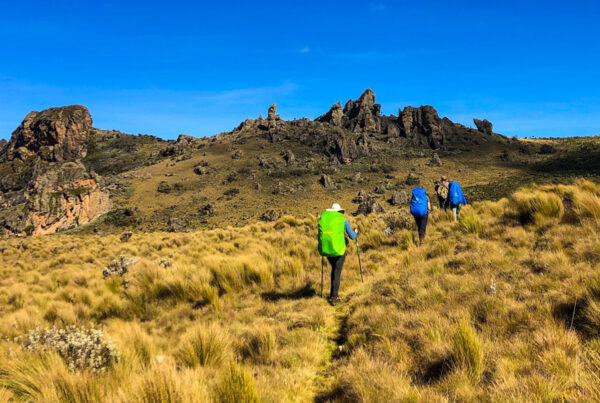
 WildHorn Africa – Authentic and unforgettable tours across Africa, guided by local experts who know the land, wildlife, and culture best.
WildHorn Africa – Authentic and unforgettable tours across Africa, guided by local experts who know the land, wildlife, and culture best.


